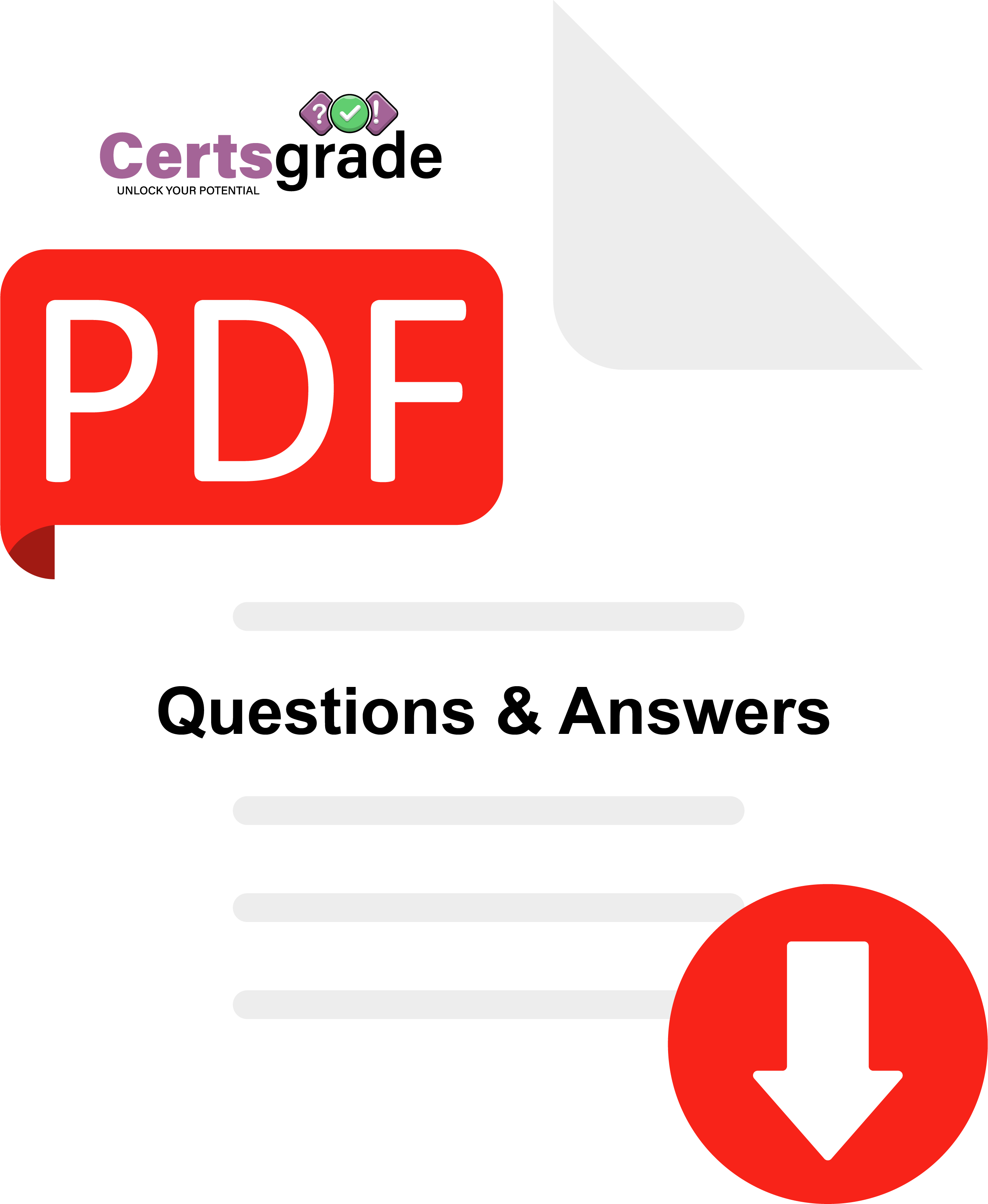H52-111_V2.0 HCIP-IoT Developer V2.0 Exam Guide
The HCIP-IoT Developer V2.0 Exam, also known as H52-111_V2.0, is a certification exam designed for professionals who want to showcase their expertise in the Internet of Things (IoT) development domain. The exam is offered by Huawei Technologies Co. Ltd., a leading global provider of information and communications technology (ICT) infrastructure and smart devices. In this article, we will provide you with all the essential information you need to know about the H52-111_V2.0 exam, including its objectives, exam structure, and tips for success.
H52-111_V2.0 Exam Structure
The H52111V2.0 exam consists of two parts: a written exam and a lab exam. The written exam is a 90-minute test that consists of 60 multiple-choice questions. The questions are designed to test your understanding of IoT development concepts, protocols, and programming languages. The passing score for the written exam is 600 out of 1000.
The lab exam is a practical test that evaluates your ability to develop IoT applications using Huawei’s IoT development platform. You will be given a set of tasks to complete within three hours. The tasks will require you to configure IoT devices and sensors, develop and deploy IoT applications, and troubleshoot any issues that arise during the process. The passing score for the lab exam is 60 out of 100.
H52-111_V2.0 Exam Objectives
The H52-111_V2.0 exam is designed to test your knowledge and skills in IoT development, including:
- Understanding IoT architecture, protocols, and communication technologies.
- Developing IoT applications using various programming languages and platforms.
- Configuring IoT devices and sensors to interact with the cloud and other IoT devices.
- Troubleshooting and debugging IoT applications and devices.
H52-111_V2.0 Tips for Success
To prepare for the H52 111 V2.0 exam, you should start by familiarizing yourself with IoT development concepts and protocols. You should also gain hands-on experience with IoT development platforms, such as Huawei’s IoT development platform. Additionally, you should practice troubleshooting and debugging IoT applications to prepare for the lab exam. Plan your study schedule and stick to it. Make sure to allocate enough time for both the written and lab exams. Use study materials provided by Certs grade, such as the exam guide, practice exams, pdf dumps, exercise questions & answers and training courses. Also joining online communities also helps you to prepare in a learning environment where you can benefit from highly-skilled professionals.
Course Content for H52-111_V2.0 HCIP-IoT Developer V2.0 Exam
This course is designed generally to help students learn the fundamentals of this Huawei Certified ICT Professional exam. The H52-111_V2.0 course outline is as follows:
Module 1: Introduction to IoT
- Overview of IoT and its applications
- IoT architecture and protocols
- IoT hardware and software components
- IoT development platforms and tools
- IoT security and privacy considerations
Module 2: IoT Network and Connectivity
- IoT network architecture and topology
- IoT communication protocols and standards
- IoT wireless connectivity (Wi-Fi, Bluetooth, Zigbee, LoRaWAN, NB-IoT)
- IoT wired connectivity (Ethernet, CAN, Modbus)
- IoT gateway and edge computing
Module 3: IoT Data Management and Analytics
- IoT data collection and storage
- IoT data processing and analysis
- IoT data visualization and reporting
- IoT machine learning and artificial intelligence
- IoT cloud platforms and services
Module 4: IoT Application Development
- IoT application architecture and design
- IoT application development methodologies (waterfall, agile)
- IoT programming languages and frameworks (Python, C, Java, Node.js)
- IoT software development kits (SDKs) and libraries
- IoT device management and firmware update
Module 5: IoT Integration and Deployment
- IoT system integration and testing
- IoT deployment strategies (cloud, edge, hybrid)
- IoT monitoring and management
- IoT security testing and validation
- IoT maintenance and support
Module 6: IoT Case Studies and Best Practices
- IoT use cases and case studies in various industries (manufacturing, healthcare, agriculture, smart cities, etc.)
- IoT success factors and challenges
- IoT best practices and guidelines
- IoT future trends and directions
Huawei Related Certification Exams
- Huawei Certified Network Professional – Constructing Data Protection System (HCNP-Storage-CDPS)
- HCIP – Constructing Infrastructure of Security Network
- HCNP-R&S-IERN (Huawei Certified Network Professional-Implementing Enterprise Routing Network)
- HCNA-VC (Huawei Certified Network Associate – Video Conference)
- HCNP-VC (Huawei Certified Network Professional- Video Conference)
In conclusion, this IT course provides a comprehensive overview of the latest technologies and industry best practices. We hope you found it useful. Keep learning and growing!
Follow us on:

Reviews
There are no reviews yet.